Zoo Miguel Álvarez del Toro
Catch a glimpse of local, native wildlife at this zoo dedicated to conservation and education.
This zoo is home to a diverse population of plants and animals. Mammals like the jaguar roam its large enclosures. Dotted around the park are aviaries with colorful birds, including the quetzal, a bird with an immense mythological significance to the ancient Maya. The reptile house, too, maintains an impressive collection of creatures, including snakes, tortoises, and lizards.
The zoo is incredible not only for its contributions to conservationism and education, but its commitment to only house local, native fauna. Hidden in the center of southern Mexico, it gives all visitors a lens through which to marvel at the beauty of the natural world.
Its namesake, Miguel Alvarez del Toro, was interested in the natural world from an early age. He was the director of the Natural History Museum in Mexico City for a number of years, until an opportunity arose for him to work as a field biologist for the regional government of Chiapas in the 1930s.
During his time in the Lacandon Jungle of Chiapas, he carried out pioneering fieldwork, studying the ecology of species such as the jaguar, the Morelet’s crocodile, the tapir, and several species of venomous snakes and discovering new species of plants and animals. He also formed a scientific laboratory and a natural history museum at the local zoological park of Tuxtla, Gutierrez, where he worked in between his expeditions.
But just as important as any of his scientific discoveries was a growing realization that conservation could not be achieved without the support of the local communities. He realized there was a pressing need to engage with the people of Chiapas about the value of the biodiversity that surrounded them. Del Toro began to write both scientific papers and popular natural history books about his experience of living in the jungle, the customs and culture of the indigenous Maya people, and the wildlife of southeastern Mexico.
Later in his life, Del Toro petitioned the regional government of Chiapas to remodel their antiquated zoo and convert it into a center dedicated to wildlife conservation and environmental education. They approved of his ideas and the zoo was moved to a new location, where the animals could live in a more natural habitat and visitors could come and learn about nature.
Know Before You Go
ZOOMAT, as it's known, is open from 8:30 a.m. to 4:30 p.m. from Tuesday to Sunday (it's closed on Mondays). Entrance is free on Tuesdays and costs 20 Pesos on all other days. The entrance ticket includes access to both the on-site Natural History Museum and the crocodile talk.


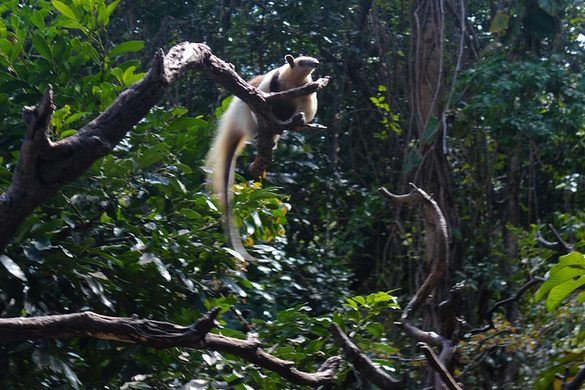



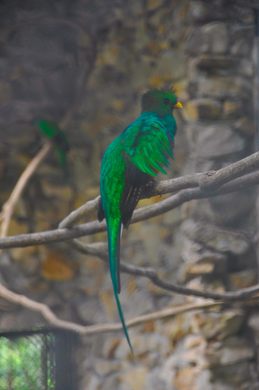



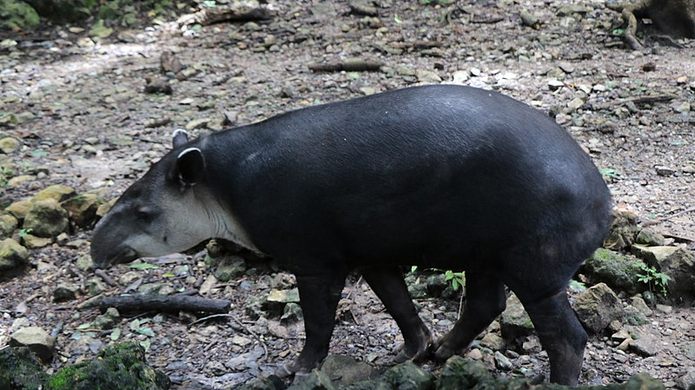

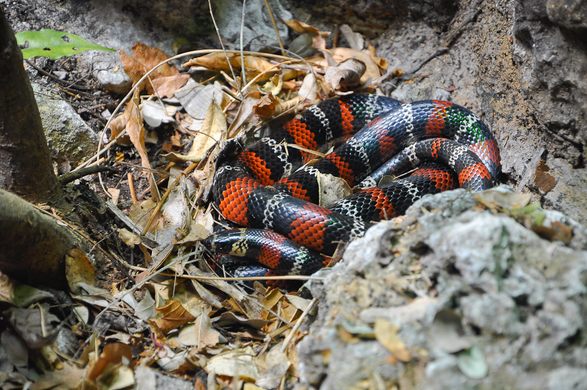
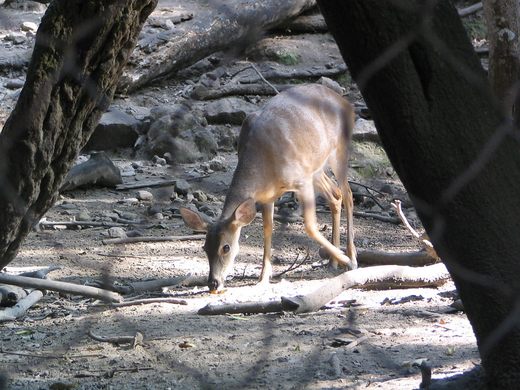






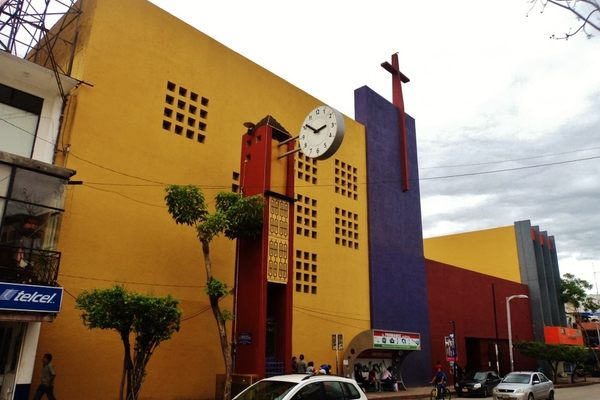

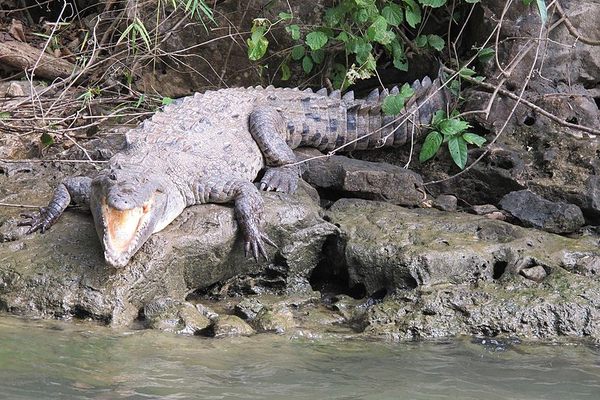
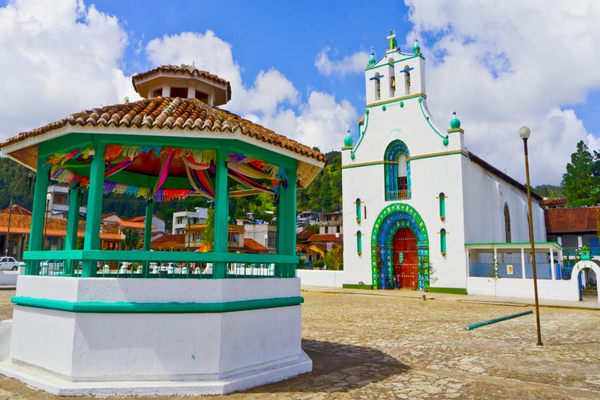

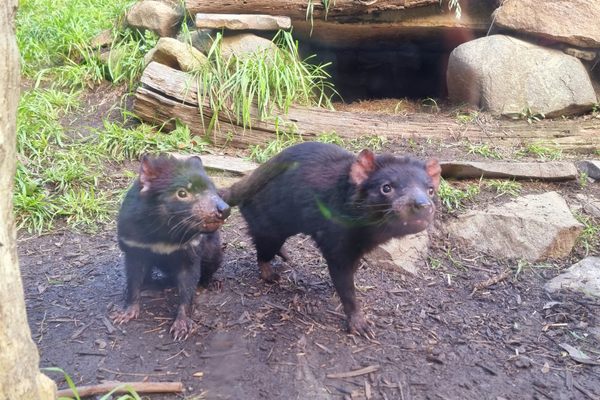




Follow us on Twitter to get the latest on the world's hidden wonders.
Like us on Facebook to get the latest on the world's hidden wonders.
Follow us on Twitter Like us on Facebook